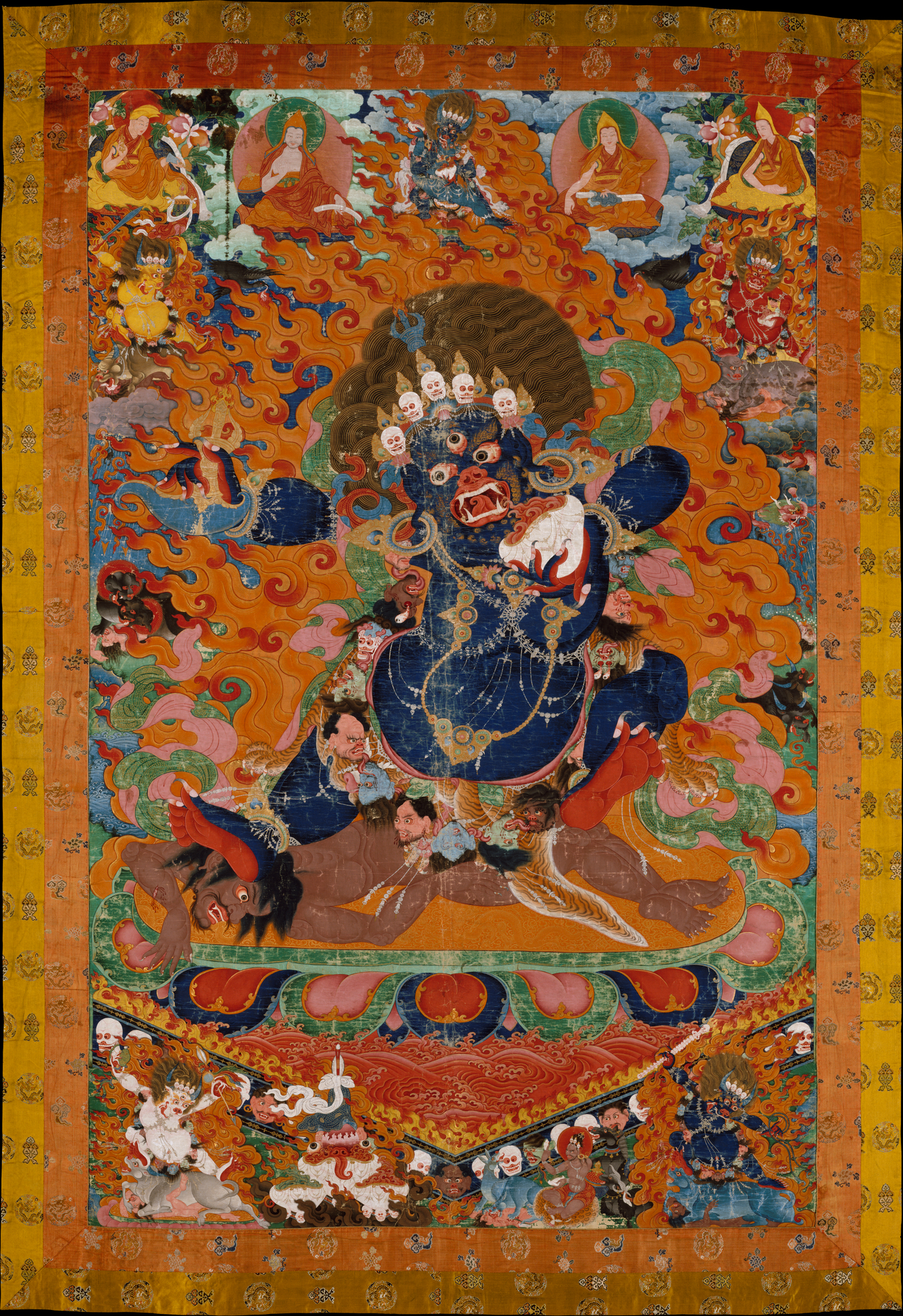Who Was The Buddha?
By “Dr. Arcane”
Around 2500 years ago, King Shuddodana Gautama of the Shakya clan ruled in northern India. He built a great castle and ruled his people well. One night, his wife, Queen Maya, had a strange dream wherein she saw a white elephant enter her womb through the side of her chest. She soon found that she was indeed pregnant. The people of the kingdom were thrilled that there would soon be a royal heir.
Planning to have the child at her parent’s home, Maya traveled there before the birth. On April 8th, on the way to Queen Maya’s ancestral home, she stopped to rest in a garden. Reaching for a blossoming branch in the garden, she suddenly, painlessly, had the child. Unfortunately, a few days later, Queen Maya died.
The baby was named Siddhartha, meaning, ‚ÄúEvery wish fulfilled,‚Äù and was raised within his father’s grand castle. His father, of course, expected young Siddhartha to succeed him as King at some point in the future.
Fate, however, had other plans for Siddhartha. A wandering holy man came to the castle to see the King. He had a vision concerning the young Prince and had to tell the King. He foretold that the young boy had two possible futures; either as a great King who would rule the entire world, or as a great holy man. The King decided immediately that his son would not leave the castle and learn to be the great future King.
Young Siddhartha lived in the castle and grew up inside its protective walls, never seeing anything that would make him think of spiritual or religious things. His father was careful to remove all hints of the real suffering that accompany this world. The Prince lived a perfectly shielded life. His father arranged a marriage, and then Siddhartha had a son of his own. Not long after, on a parade through the city, he spotted three sights. First he saw a sick man. He asked his good friend and charioteer, “Will I become sick?” The charioteer answered truthfully, “Ees, eventually we all get sick.” They continued through the city, and the Prince spotted a very old man. He asked, “Will I grow old like that man?” to which the charioteer answered similarly. Lastly, he saw a dead man being carried away. “Will I die?” he asked, and did not like the answer.
Leaving his wife and son behind, Siddhartha abandoned the castle and went off to live in the wilderness as a wandering holy man. He met up with other ascetic mendicants, refusing to eat, spending all day in meditation and denying all pleasures. For years he studied with the ascetics, and nearly starved to death in the process. After six years studying in this manner, he finally decided that he would learn no more following this path. He decided that denying the world was wrong, but that enjoying life too much, as in his younger days, was ad as well. He decided to follow a “Middle Path.” His friends, the other five mendicants, abandoned him, since he no longer believed as they did.
He then sat beneath a Bodhi tree and meditated. During this meditation, he was tempted in many ways to abandon his search for truth and live a life of pleasure. He rejected every temptation and continued his struggle to know. At last, he succeeded, becoming enlightened under the Bodhi tree, and the world would never be the same for him. At 35 years old, he became a Buddha, one who is “awake.”
He met up with his five mendicant friends, and he quickly convinced them that his path was real, and they became his first followers. He traveled the countryside, teaching his ways, and word quickly spread about this man who taught the Path to Enlightenment. He soon had many thousands of followers. He was eventually reunited with his father, wife and son, and they too, became his followers.
He traveled around teaching for decades, and at around age 80, died from eating some spoiled food. He foresaw his death, but continued teaching as always until the very moment of death. He closed his eyes and in perfect peace, moved on to Nirvana. Stories about his life, his teachings, and his Path were written down and his followers continued to spread the message for the next 2500 years.
Since then, people have known him by many names; Siddhartha, Buddha, Gotama, Shakyamuni, Enlightened One, Tathagata, and many others. Not a god, just a man, but the greatest teacher of all time.



